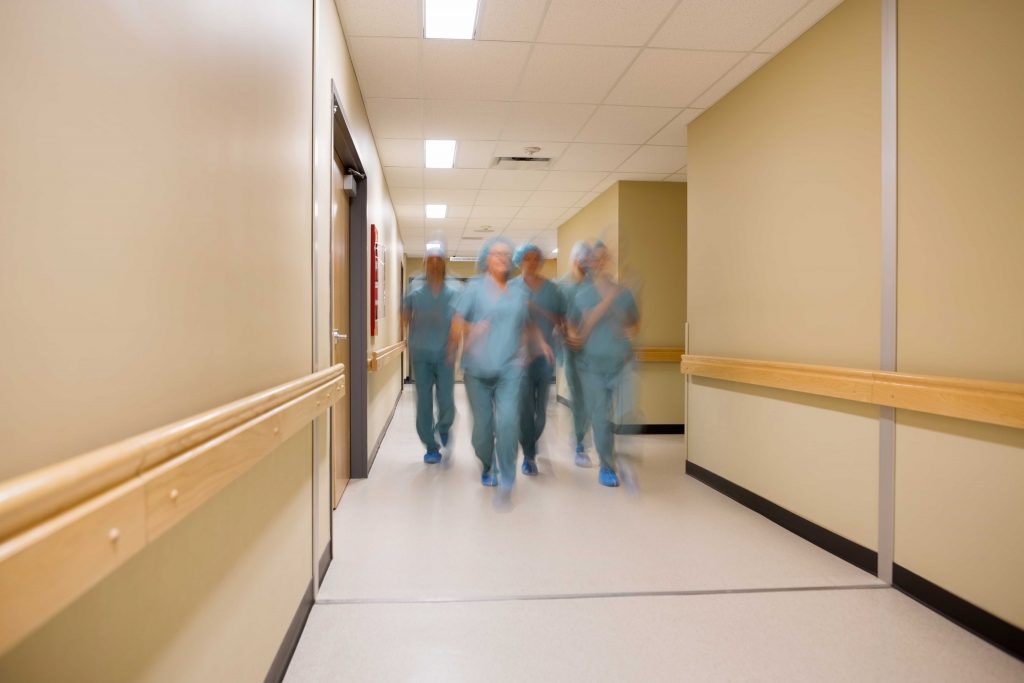
By Steve Rauh
Dr. Tedros Adhanom Ghebreyesus, the WHO’s director general, said Monday. “To win, we need to attack the virus with aggressive and targeted tactics: testing every suspected case, isolating and caring for every confirmed case, and tracing and quarantining every close contact.” (Free Press March 23)
If we have the capacity to do that then we should. The lessons of the 1918 influenza pandemic tell us we should also be telling the truth and not just reporting confirmed tests during a limited testing regime.
In a recent article in the New York Times, John Barry (author of “The Great Influenza: The Story of the Deadliest Pandemic in History” and a professor at the Tulane University School of Public Health and Tropical Medicine) wrote:
“…if the public is going to comply over time, they will have to be led, inspired or compelled.”
That brings us back to the most important lesson of 1918, one that all the working groups on pandemic planning agreed upon: Tell the truth. That instruction is built into the federal pandemic preparedness plans and the plan for every state and territory…
“In San Francisco, the mayor and business, labor and medical leaders …[told the truth and] trusted the public. The community feared but came together. When schools closed, teachers volunteered as ambulance drivers, telephone operators, food deliverers [as a result San Francisco flattened the infection curve].”
Today we know more about viruses and pandemics than we did in 1918. But the reasonable tendency to resist panic, and therefore, understate the danger, still impedes our ability to address the current pandemic.
Recent articles in the world press, including CBC, have described the need for universal testing. The reason: doing so is one of the most effective ways to “flatten the curve.”
As CBC reported, based on a study from Imperial College, London,: “Though [Italy’s] overall death toll is in the thousands and climbing, …[The Italian community of] Vò has effectively stopped its local outbreak by testing — and retesting — every single resident, regardless of whether they showed any symptoms.”
Universal test results give people the information we are not getting at the moment. They show us that a good number of individuals are asymptomatic but capable of infecting people they come into contact with.
Today testing is limited in Manitoba to those who are symptomatic and screened. It appears that the screening process accepts people who have traveled and have symptoms, but mostly weeds out people with symptoms who have not travelled. I am aware of people who are having symptoms but are being told to stay at home, self-isolate and not get tested.
So we have a tool, testing, that can provide a lot more information, but it appears we are not using it to the extent we should be. This may be legitimately due to an under capacity in the system of both test kits and personnel, but daily media briefings focus on the confirmed or presumptive cases identified by the government, which at the time I am writing is 20 cases in Manitoba (mainly characterized as travel related).
That may be a reassuring statistic to anyone who has not travelled and wants to think that the virus is not a danger to them. But the true story is not in the number of known/confirmed cases, but in what might be called actual cases. For every identified case, there are likely from 8 to 10 actual cases, some of which are asymptomatic yet still capable of transmission. This was found in the locations that have engaged in universal testing following a period of selective testing. That means we probably have 160 to 190 cases in Winnipeg, some of whom are quite unaware they are infected and who may not be following strict social/physical distancing. Our testing regime is not identifying them, and they could be the core of the exponential explosion in cases, such as we now see in Europe and the U.S.
If we have the test kits and personnel to initiate universal testing, we should do so right away.
If we do not have that capacity, then we should indicate clearly that we are not able to capture the true picture of the danger to our province through selective testing. Instead our province’s news conferences should be crystal clear about the likelihood, more likely the certainty, of a much higher number of true cases, many of which are asymptomatic.
This approach is truthful. It is not likely to increase the already high levels of panic in the population, but it is more likely to encourage the crucial physical distancing insisted upon by Canada’s chief public health officers and the WHO.
In the meantime, we should be preparing for the likely second and third waves of Covid-19 by developing the capacity for universal testing, and planning for it, as well as continuing to work diligently toward developing a vaccine and treatment options.
Steve Rauh is a Clinical Social Worker and holds a MSW and RSW. Mr. Rauh experience as a social worker confirms the link between truth and well-being. Truth gives people the tools to choose to behave appropriately, which, given the chance, they often do.


